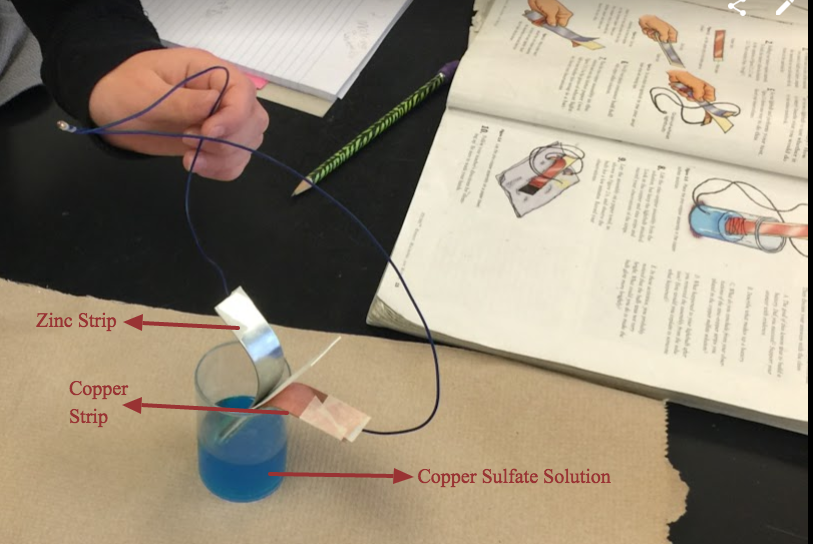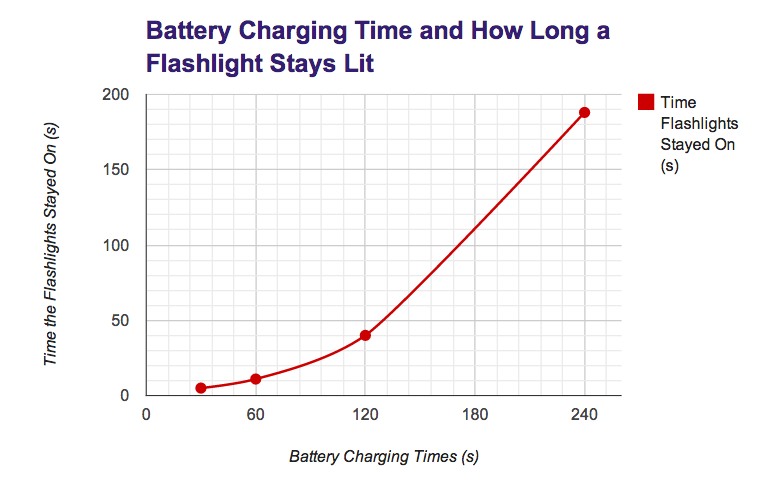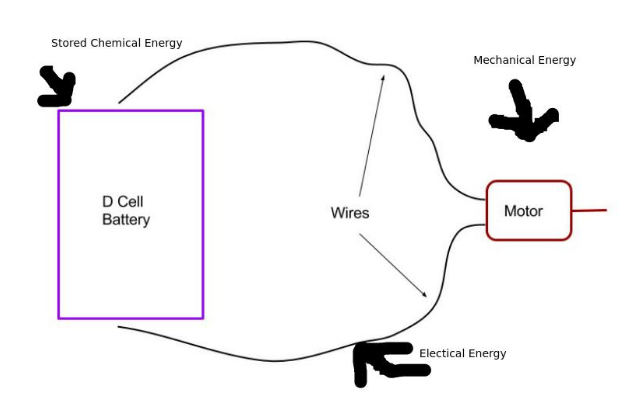This post was originally published at the CORELaborate blog here.
Aligning a Kit (or any Science Activity) to NGSS
I have the STC/MS Kit, Energy, Machines, and Motion (EMM). I use that kit with my 6th grade students for their physical science experience. The first unit of the kit is the Energy unit. The NGSS standard for Energy is MS-PS3 (Middle School, Physical Science number three). There are five performance expectations for the MS-PS3 Energy standard and none of them align to the STC EMM kit that I use. And on top of that, we are only beginning the process of adoption so we probably won’t be getting any new curriculum for a year or two. I could scrap the kit altogether and create all new activities and labs but to be honest, that is way too much work.
3 Dimensions of NGSS
So in keeping with the 3 Dimensional concept of the NGSS performance expectations I can combine one of the MS-PS3 Energy Disciplinary Core Ideas (DCIs) with a Cross-Cutting Concept (CCC) and a Science and Engineering Practice (SEP) to make my own performance expectation! In this way, until we adopt a fully NGSS aligned curriculum, I can make sure I am exposing my students to the 3 Dimensional learning of the NGSS using the NGSS standards!
EMM
The STC EMM kit first three labs use batteries to expose students to the concept of Energy. They start by building a battery out of zinc, copper and copper sulfate in lesson 2 to learn what makes up a battery.

Students learn what makes up a battery by making their own battery and showing that energy was generated by lighting a light bulb!
In lesson 3 students try to light a bulb with a dead battery. They then have to recharge the battery to put energy back into it! This is where students are first exposed to the concept of energy transfer.
By lesson 4 students investigate how different battery charging times put more energy into batteries by seeing how long a flashlight stays lit. This lab focuses on collecting and interpreting evidence.

A typical graph from data collected by charging batteries for different times and seeing how long a flashlight stays on.
Lessons 5 and 6 transition students from Energy to Forces as they investigate elastic force, the force of gravity, and frictional force.
DCIs
Looking at the Energy Standard, MS-PS3, none of the DCIs match anything students do in the EMM lessons 2, 3, or 4. If you click on the DCIs though, you are taken to A Framework for K-12 Science Education book website where the NGSS got the DCIs. The way the EMM kit lines up the energy labs and along with the way I deliver the lessons, students are learning the following:
Core Idea PS3
Energy
PS3.A: DEFINITIONS OF ENERGY
What is energy?
“At the macroscopic scale, energy manifests itself in multiple phenomena, such as motion, light, sound, electrical and magnetic fields, and thermal energy.”
How is energy transferred and conserved?
“Interactions of objects can be explained and predicted using the concept of transfer of energy from one object or system of objects to another. The total energy within a defined system changes only by the transfer of energy into or out of the system.”
“5 Dimension 3: Disciplinary Core Ideas – Physical Sciences.” National Research Council. 2012. A Framework for K-12 Science Education: Practices, Crosscutting Concepts, and Core Ideas. Washington, DC: The National Academies Press. doi: 10.17226/13165.
By learning how energy transfers through different battery systems, students see that energy changes from one form to another. Students also experience different forms of energy, electrical, mechanical, light and heat.
Storylines
Clicking on the link to Storylines from any of the NGSS standards you get more information on each standard for each strand. Clicking on the Physical Science Storyline and scrolling down to the PS3 standard on Energy shows me that, “the performance expectations in PS3: Energy help students formulate an answer to the question, ‘How can energy be transferred from one object or system to another?’” Also, “begin to develop an understanding of the relationship between force and energy,” which students will be exposed to in EMM lessons 5 and 6.
CCCs and SEPs
By doing the EMM lessons 2, 3, and 4 labs students are learning the CCCs of Systems and System Models as well as Energy and Matter so I have two CCCs to add to two DCI’s above. Students are also using the SEPs of Developing and Using Models of the different battery systems, as well as Analyzing and Interpreting Data when they gather evidence and graph it. Writing their CER Conclusions helps students interpret their data as well as to Engage in Argument from Evidence so we have three SEPs!
Taking the EMM Lesson 3 Lab that students did, I can use the following NGSS Performance Expectation that I made up from all 3 Dimensions that doesn’t exist on the NGSS website:
Students who demonstrate understanding can:
Use a model to show the concept of transfer of energy from one object or system of objects to another and show that energy can take different forms in a closed or open system.
DCI = Orange, CCC = Green, SEP = Blue
So that’s how you can adapt any activity you already do to the NGSS standards by creating your own 3 Dimensional NGSS performance expectation!









































































